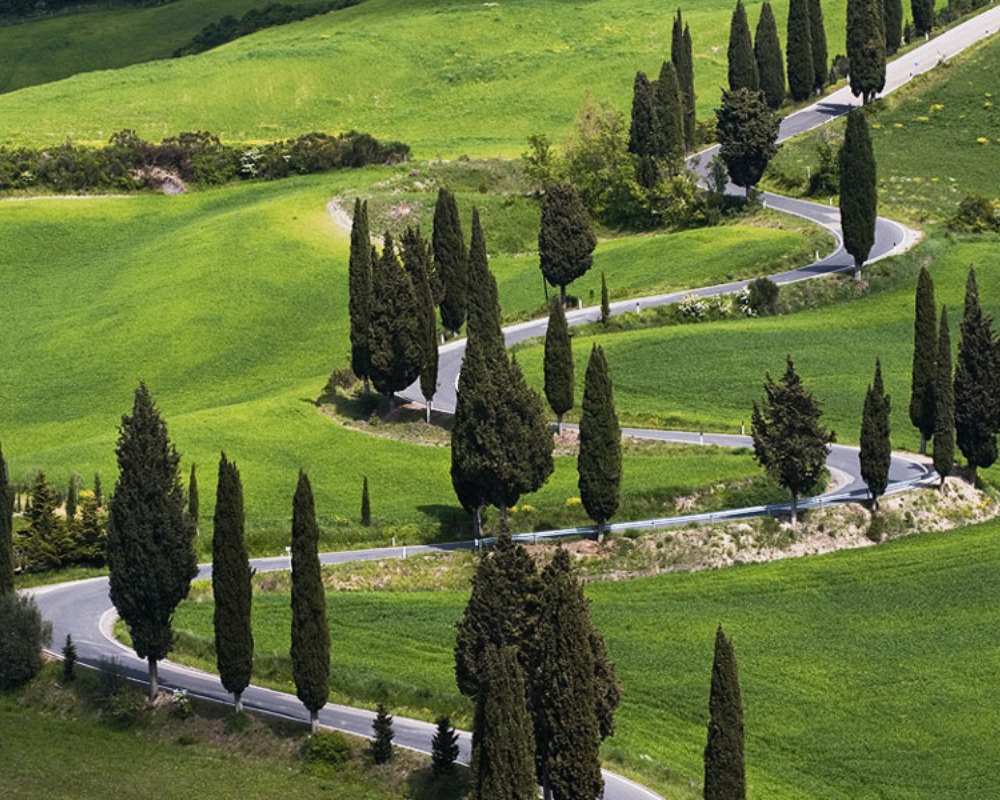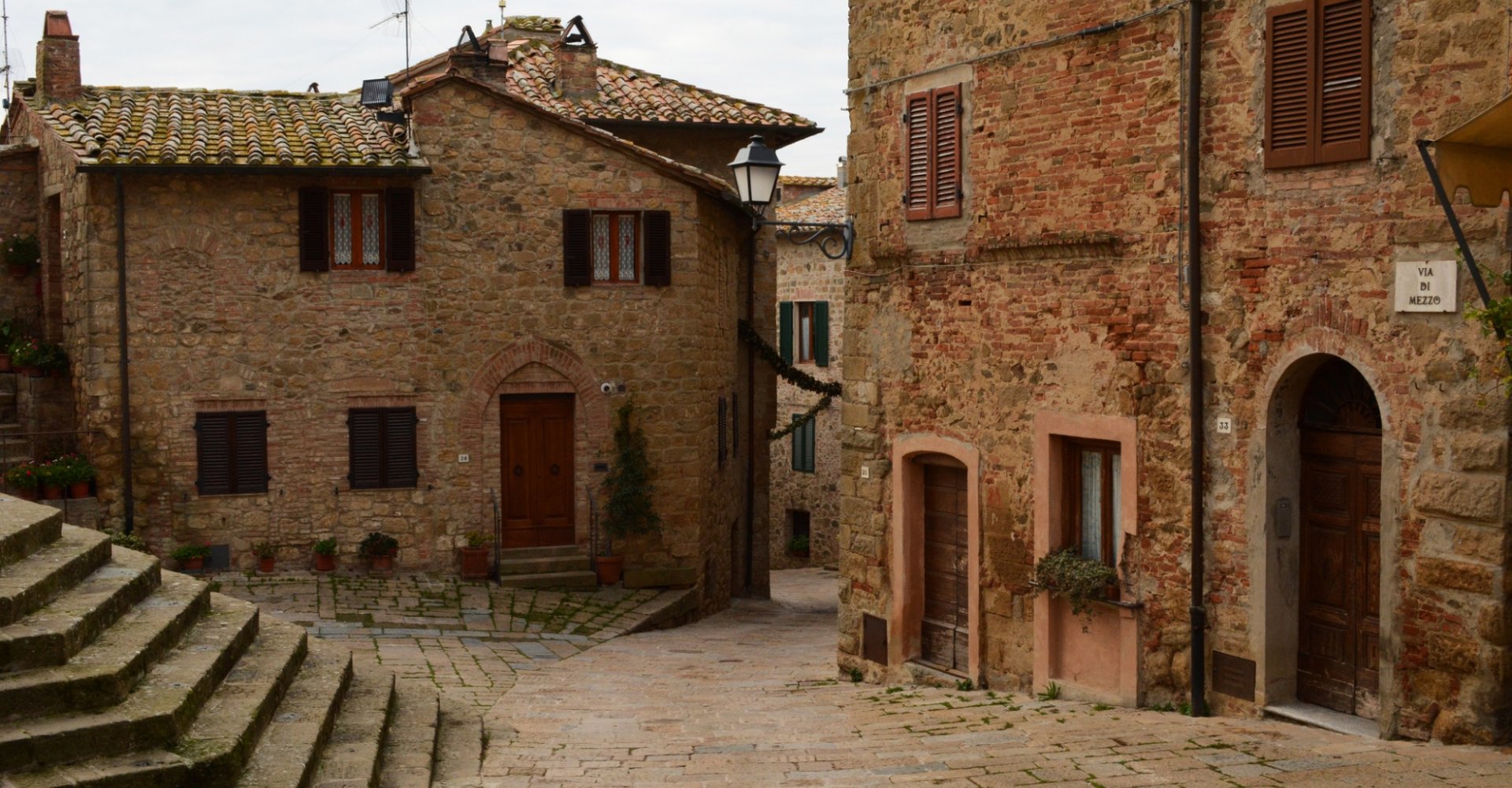
The road to Monticchiello
In the 1200s, the village began to take on its current appearance, with the walls, the cassero and the church, and typical civic institutions were established, all of which were dictated and regulated by statutes written in the vernacular. When the Republic of Siena fell in 1559, Monticchiello was handed over to the Medici, after which it gradually lost the role and importance it once had. In 1777, it became part of the municipality of Pienza.
The Church of Santi Leonardo e Cristoforo still today attests to the village’s period of greatest prosperity, home to many frescoes from the Sienese school dating to the 14th and 15th centuries.
A rare example of cultural autonomy and collective effort characterizes Monticchiello and its inhabitants: the “Teatro Povero”. This theatrical experience has been closely tied to the life and history of the community for decades. The performances offer a glimpse of village life, which addresses current problems, drawing inspiration from local history and re-introducing the customs of rural civilization, now a thing of the past.
